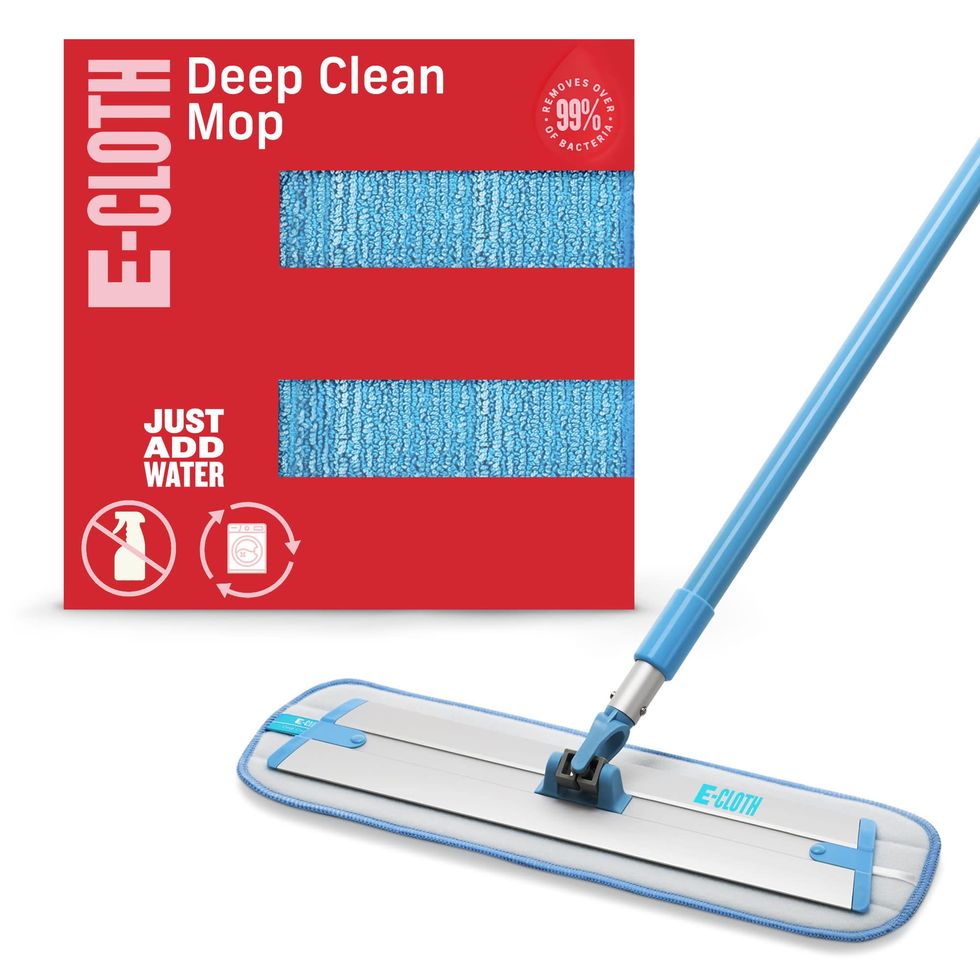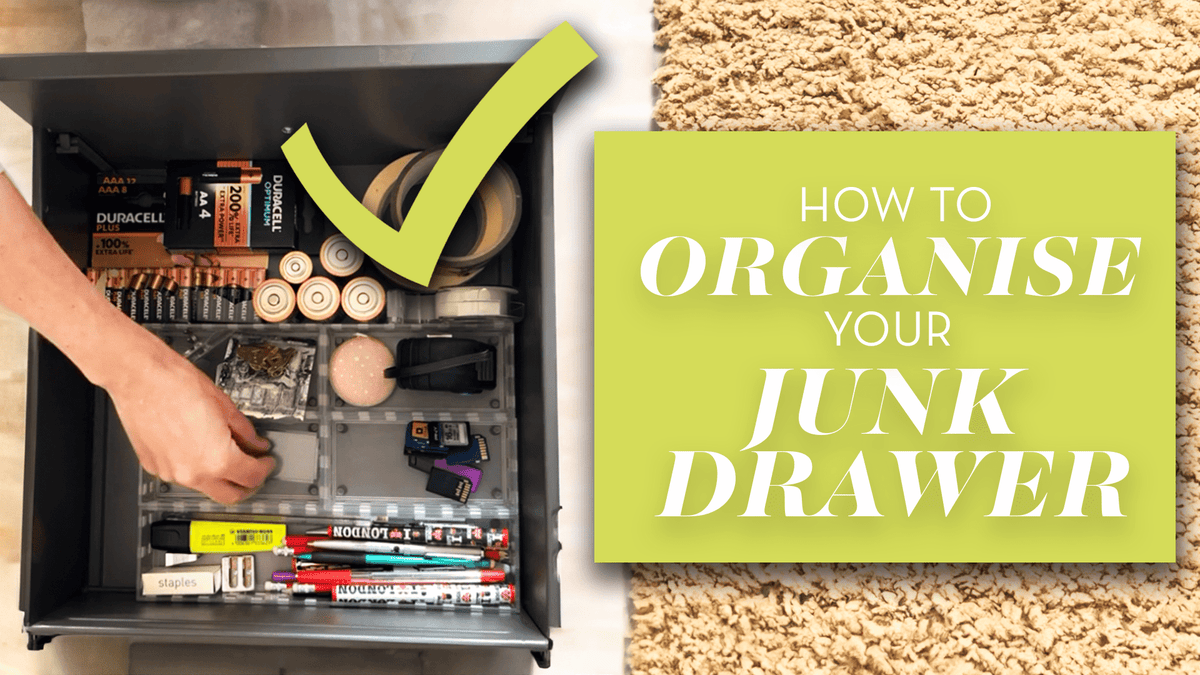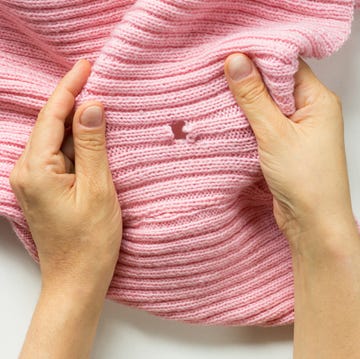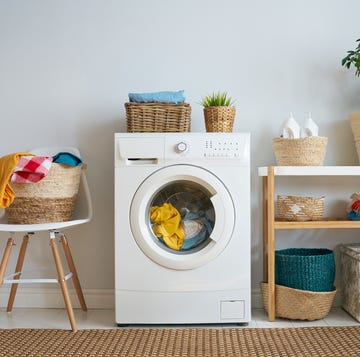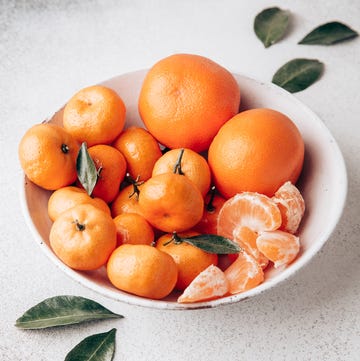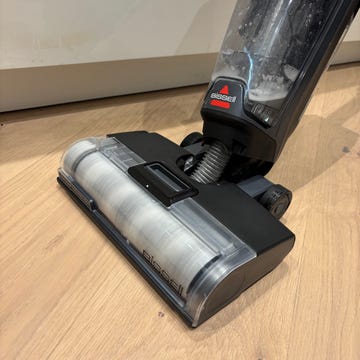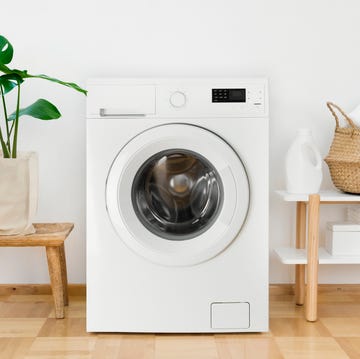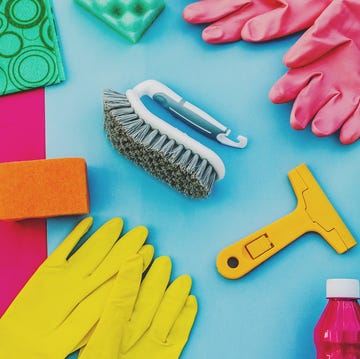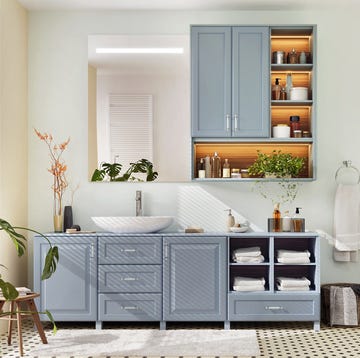I hate cleaning the toilet – and I bet you do, too. The never-ending smells, stains and scrubbing all put me off this chore – and don’t get me started on the toilet brush.
To make matters worse, since I gave up using chlorine bleach in favour of more environmentally friendly solutions, things seem to have gotten dirtier. An orange water ring stain has formed under the rim over the last 5 years, which can’t be shifted with a regular bathroom cleaner, even with some real scrubbing.
That’s when I came across an unorthodox solution: pumice stones. I know you can exfoliate your skin with a pumice stone, but the uses in the toilet were new to me. It seemed too good to be true, so I had to try it out. Here’s what happened…
What is a pumice stone?
A pumice stone is created when gas-filled lava rapidly cools to create a volcanic rock. It’s quite soft and porous – ideal for exfoliating dry skin! But the gentle and abrasive nature makes it handy for scrubbing away limescale in porcelain toilets, too, without scratching the surface. In fact, pumice stones can be used to clean porcelain bathtubs, sinks and tiles, so they’re pretty versatile.
Just stick to porcelain surfaces and don’t use pumice stones on enamel or plastic finishes or fittings. It’s abrasive enough to scratch these surfaces.
In fact, there are plenty of pumice stones designed explicitly for cleaning the toilet, with a long stone and handle attached (which are sometimes removable when the stone needs replacing).
Despite the exotic origin, pumice stones are very affordable and are a much more environmentally friendly solution compared to chemical cleaners and chlorine bleach, the latter of which releases harmful fumes and is toxic to aquatic life.
Here’s what happened
I’ve not used a pumice stone before, but I wasn’t expecting the package to weigh so little when it arrived, especially considering it contained two larger pumice stones – each weighed just 75g (handle included!).
The pumice was wrapped in plastic and needed to be removed. I will say you should do this over the bin or the toilet, unless you want a gritty mess all over your counter.
Before I took the plunge (literally), I hovered over the toilet bowl to make sure I had everything I needed. Aside from my long rubber gloves, nothing else was required – the water was already in the bowl itself, and I didn’t need cleaning chemicals to use the stone.
I dunked the pumice stone into the water and tried it out in an inconspicuous area first. While the instructions and every online source says it won’t scratch the porcelain, I still didn’t fully trust it – I wasn’t 100% sure it would even remove the limescale in the first place, so had no idea what to expect.
How wrong I was. In as little as 30 seconds, orange hardened limescale started to dissipate before my eyes. All it needed was some gentle scrubbing and it was smudged away. I had a closer look, and there were no scratches in sight. So I extended my efforts and worked my way around the entire bowl.
Just thinking about the scratching sound puts my teeth on edge. But this wasn’t the pumice scratching the porcelain, it was the sound of the limescale being scraped away – in fact, you can use that sound to help guide your efforts. As I worked, I had to occasionally dunk the pumice back into the water to moisten it, but other than that, I could just keep scrubbing.
The limescale appeared to drip down and run away with the water, and while some areas required a more concentrated effort than others (but without applying too much pressure, otherwise you do risk scratching the surface), I gradually restored the bowl in as little as 15 minutes.
The edge of the stone wears away to fit the surface, so it will slowly wear to the rounded shape of the bowl. You’ll notice a change to the shape in one session, and the water will grey as it collects the shavings. To wash away the residue and stains, you just flush. However, despite wearing down, my pumice stone was still too wide to fit under the rim to reach the hidden limescale beneath. I found this frustrating because the toilet appeared spotless otherwise.
I thought about my options here. I could try to find a way to whittle down the end of the pumice stone until it was thin enough, although with the included handle, it was still too long to direct it where needed. I needed something shorter and thinner. So rather than gradually wear down what I already had, I decided to use a typical handheld pumice stone instead. This was thin enough to reach beneath the rim to buff away the final unsightly marks.
Just keep in mind the smaller shape makes it easier to lose this down the toilet, so have a good grip, and opt for one with a pointed end so you can focus on problematic areas. You may also need to wipe away any residue with some dampened toilet paper to check your progress – when I flushed the toilet, the water couldn’t reach these spots.
Now my toilet looked like new again – and in just 15 minutes – I was pleased as punch. No bleach or chemicals were required – just a little bit of elbow grease and patience. But how should you clean your pumice stone once you’re finished? I didn’t want to let it dry covered in toilet residue.
After rinsing your pumice stone, soaking it in a disinfectant – such as Milton – for 15 minutes will kill any internal bacteria (following the dilution recommendations on pack). Just use something to weigh it down so it can fully absorb the disinfectant, then rinse and leave to fully dry.
This is where I struggled. I had nowhere to hang or place the wet pumice stones – I didn’t think about this earlier (thankfully, they stop dripping quickly). I ended up sitting them upright (handle down) in an old glass tumbler to give the stones a chance to fully dry.
Look for a pumice stone that features a hole in the handle if you intend to hang it up, keep and reuse it (there’s certainly enough pumice for several sessions).
Verdict
I still couldn’t quite believe the difference the pumice stone had made. To double-check the results, I even shone a torch against the surface to look for signs of scratches or damage. There were none to be seen. All traces of the unsightly orange limescale had disappeared, too – all in a matter of minutes. No bleach or chemicals necessary!
I’m not going to sugarcoat it – it’s a pretty gross chore, and you do have to give it a good scrub while holding yourself at some awkward angles. But it’s easy considering how tough those stains are and how long they’ve remained. In as little as 15 minutes, your toilet bowl can look like new again. I’m certainly keeping what remains of my pumice stones on standby for future use.







